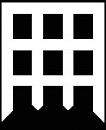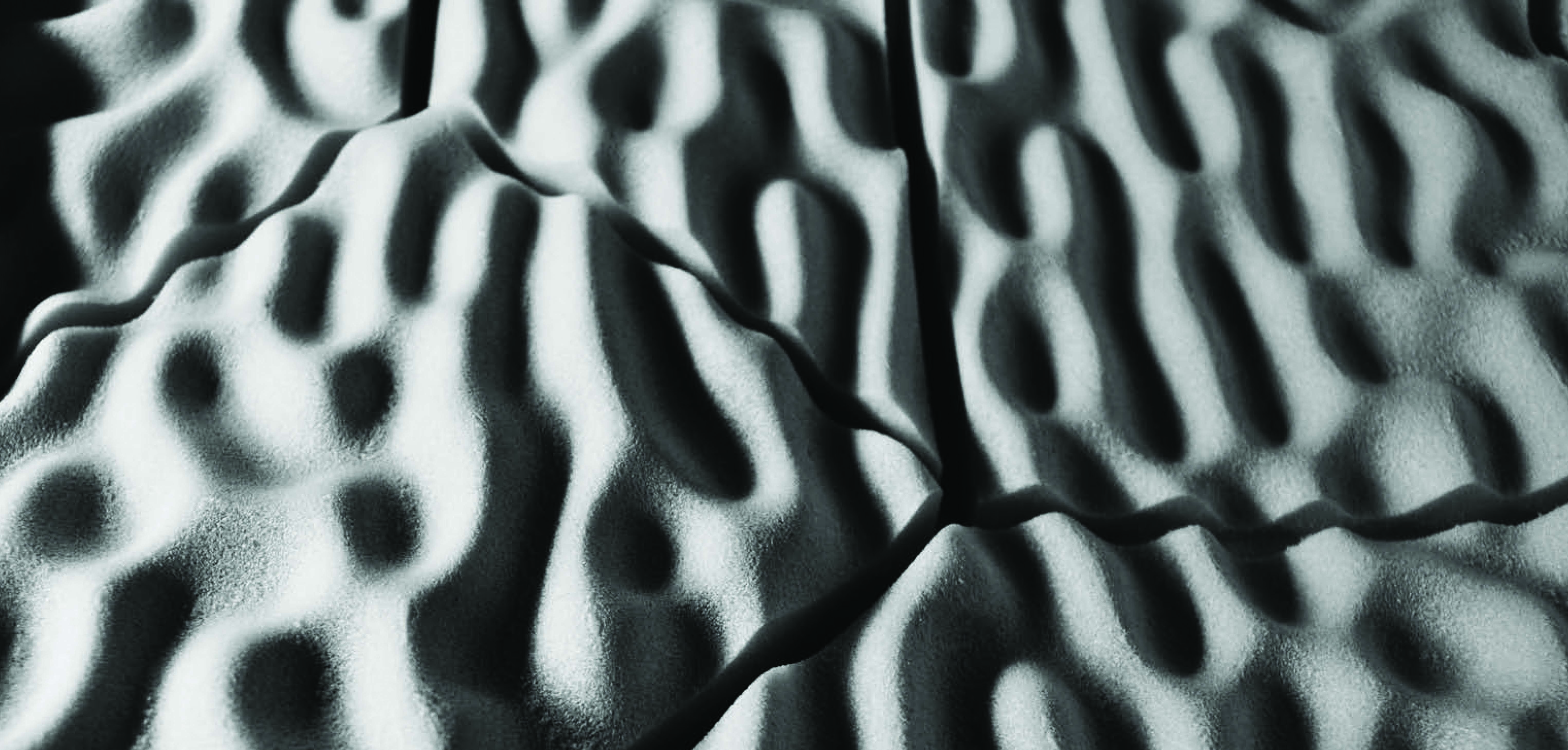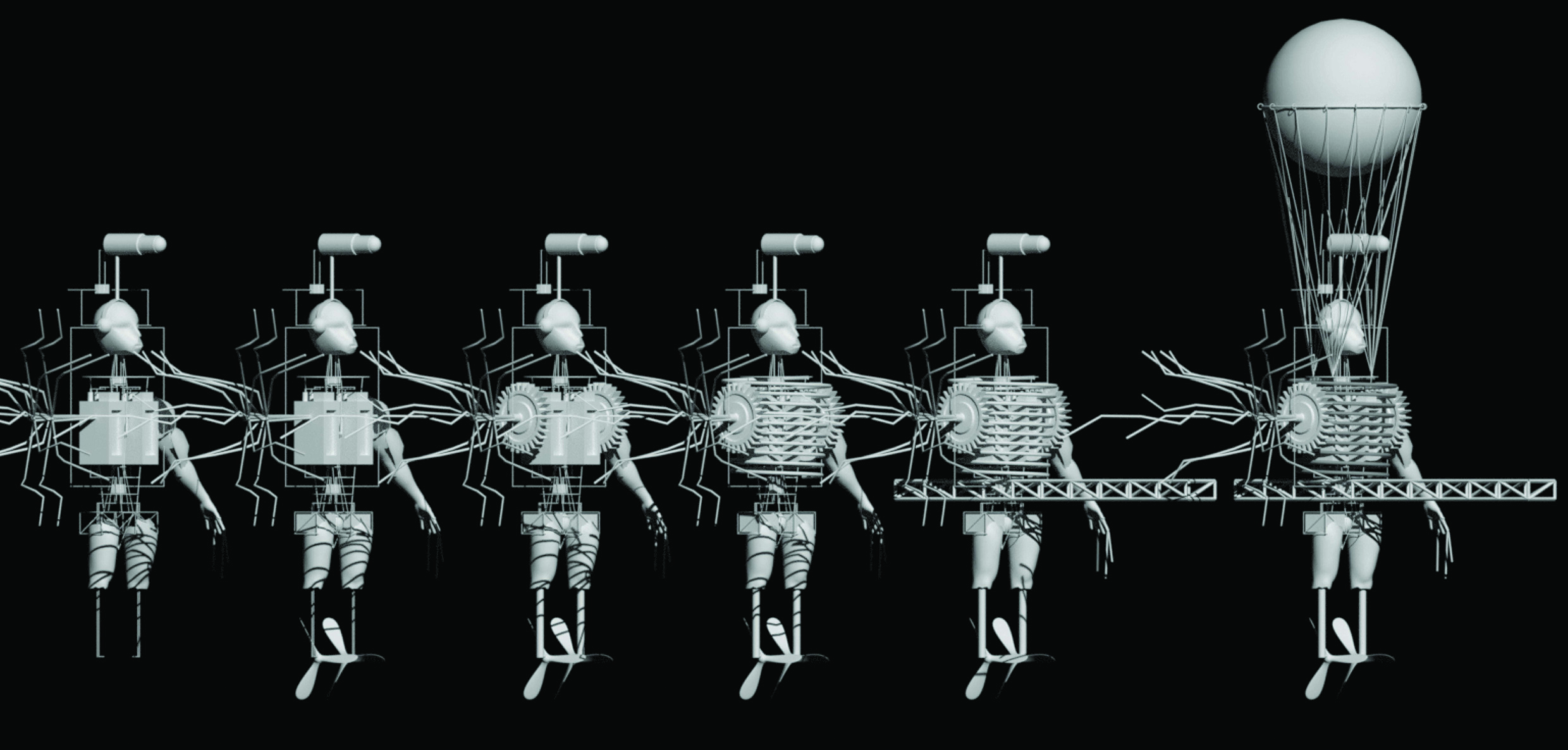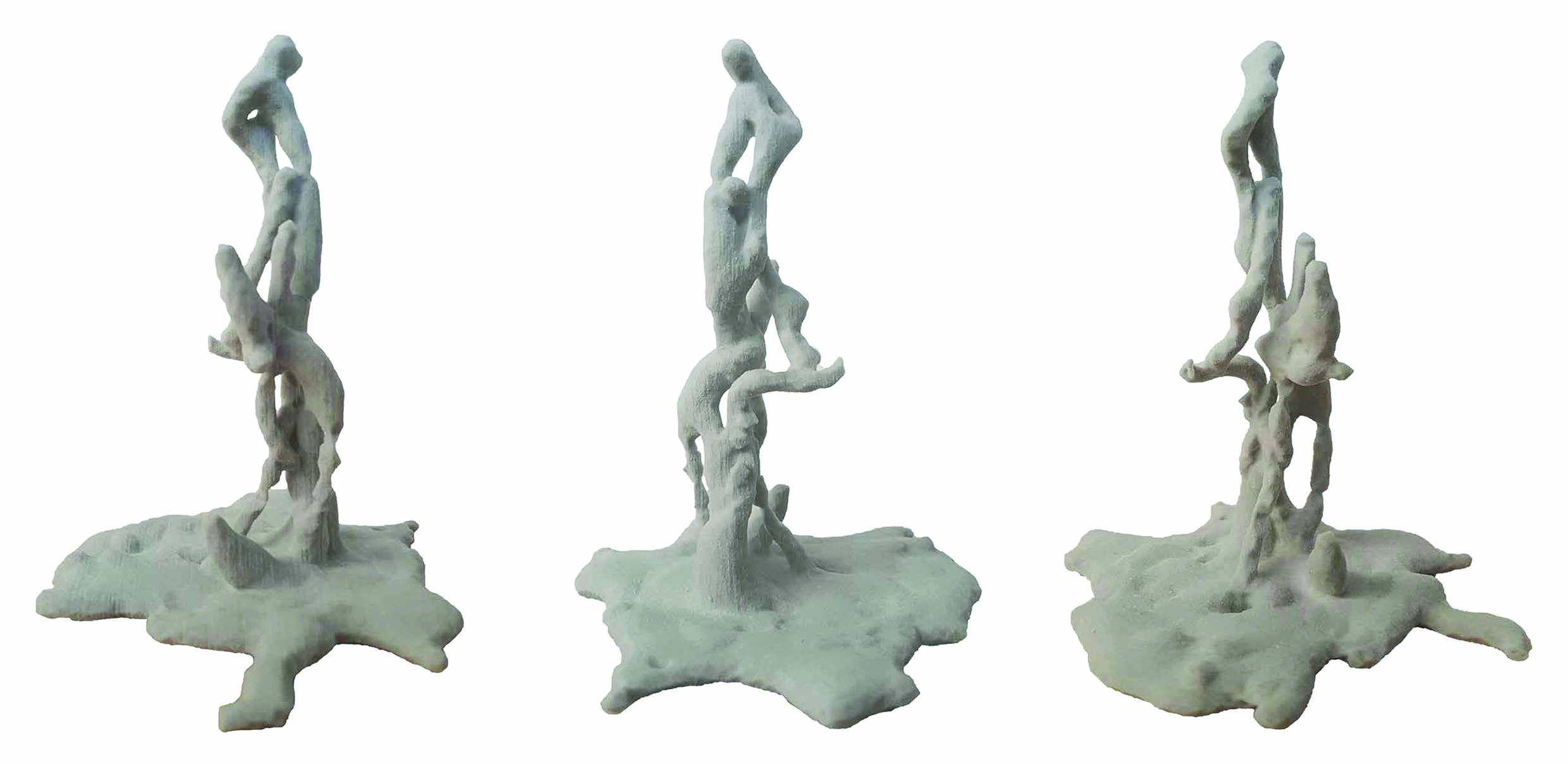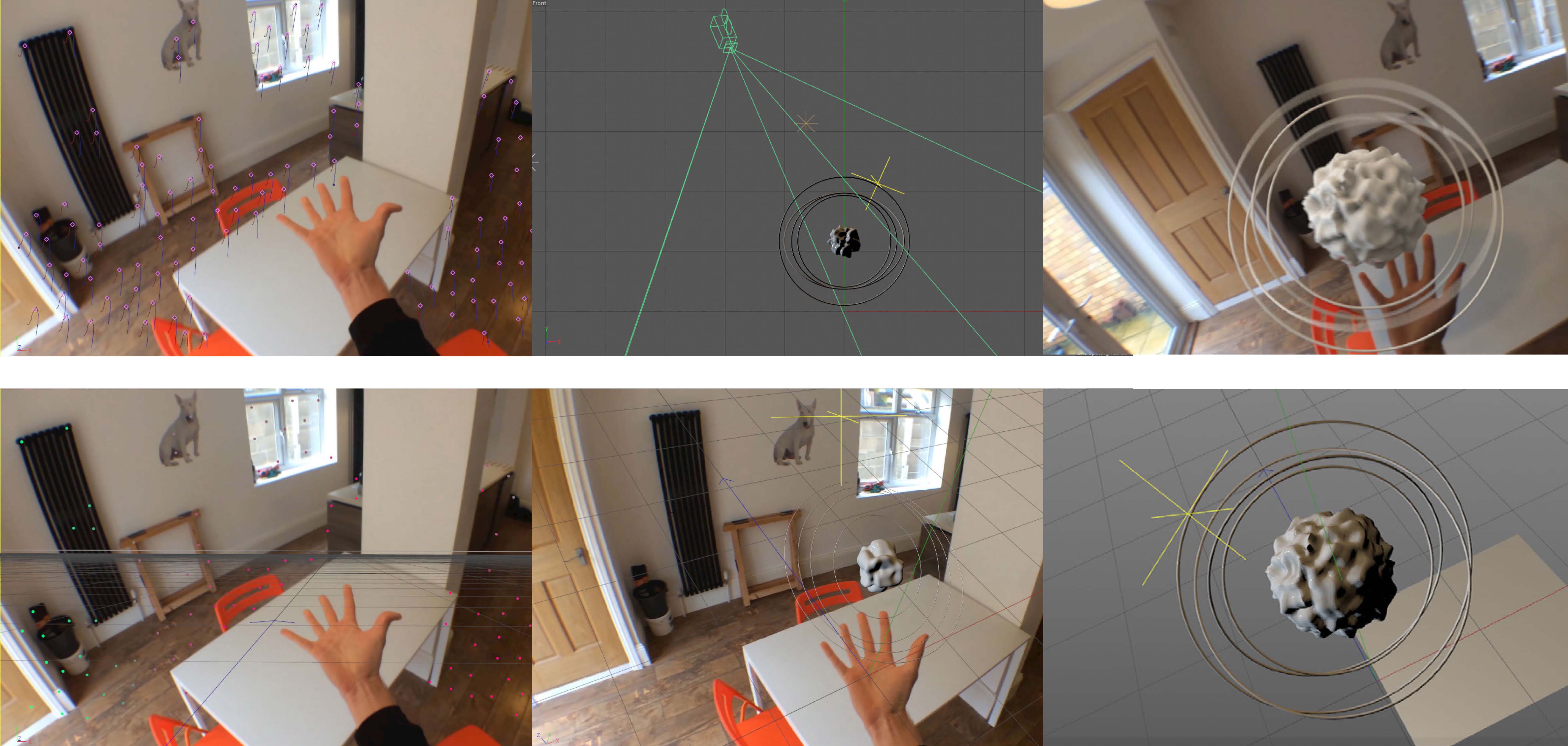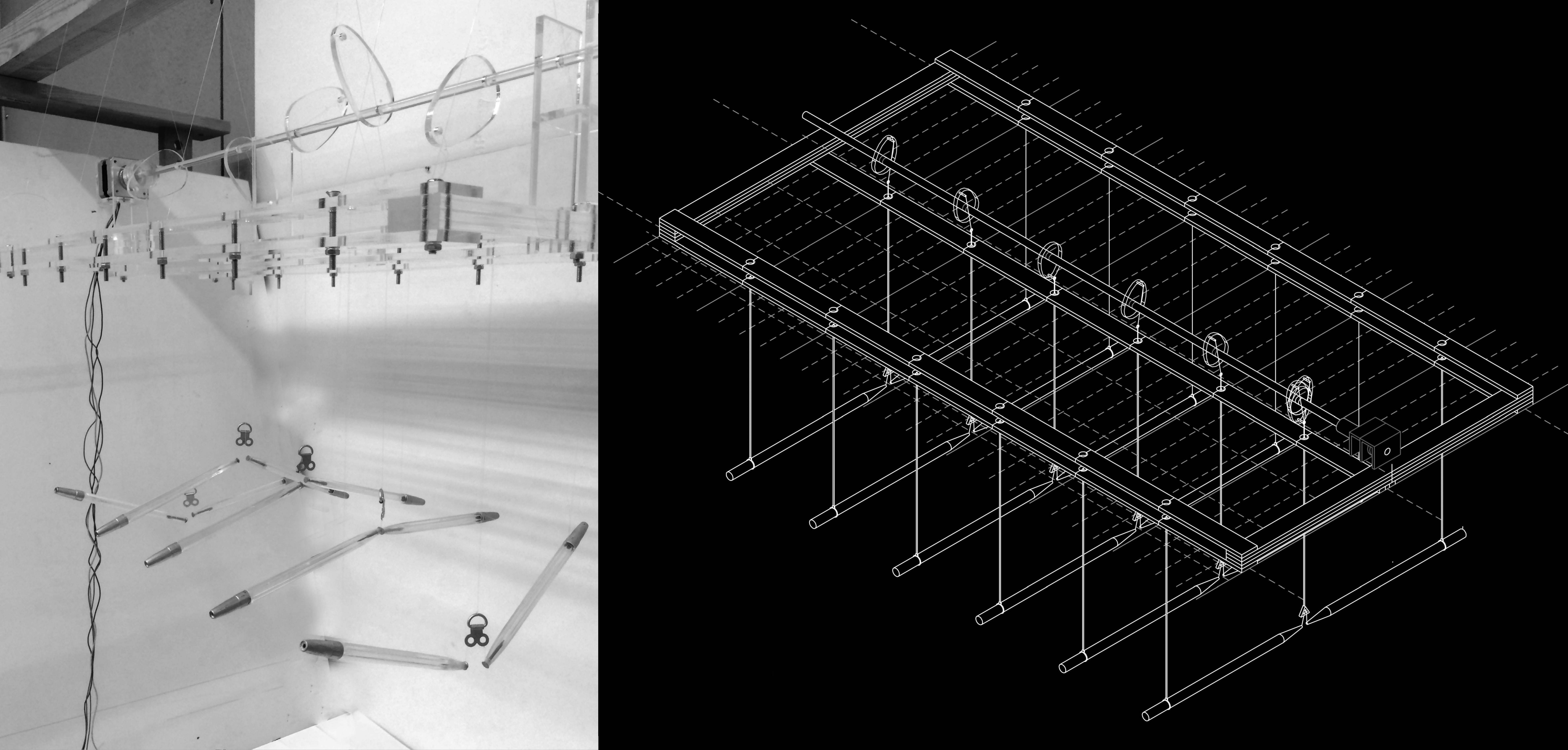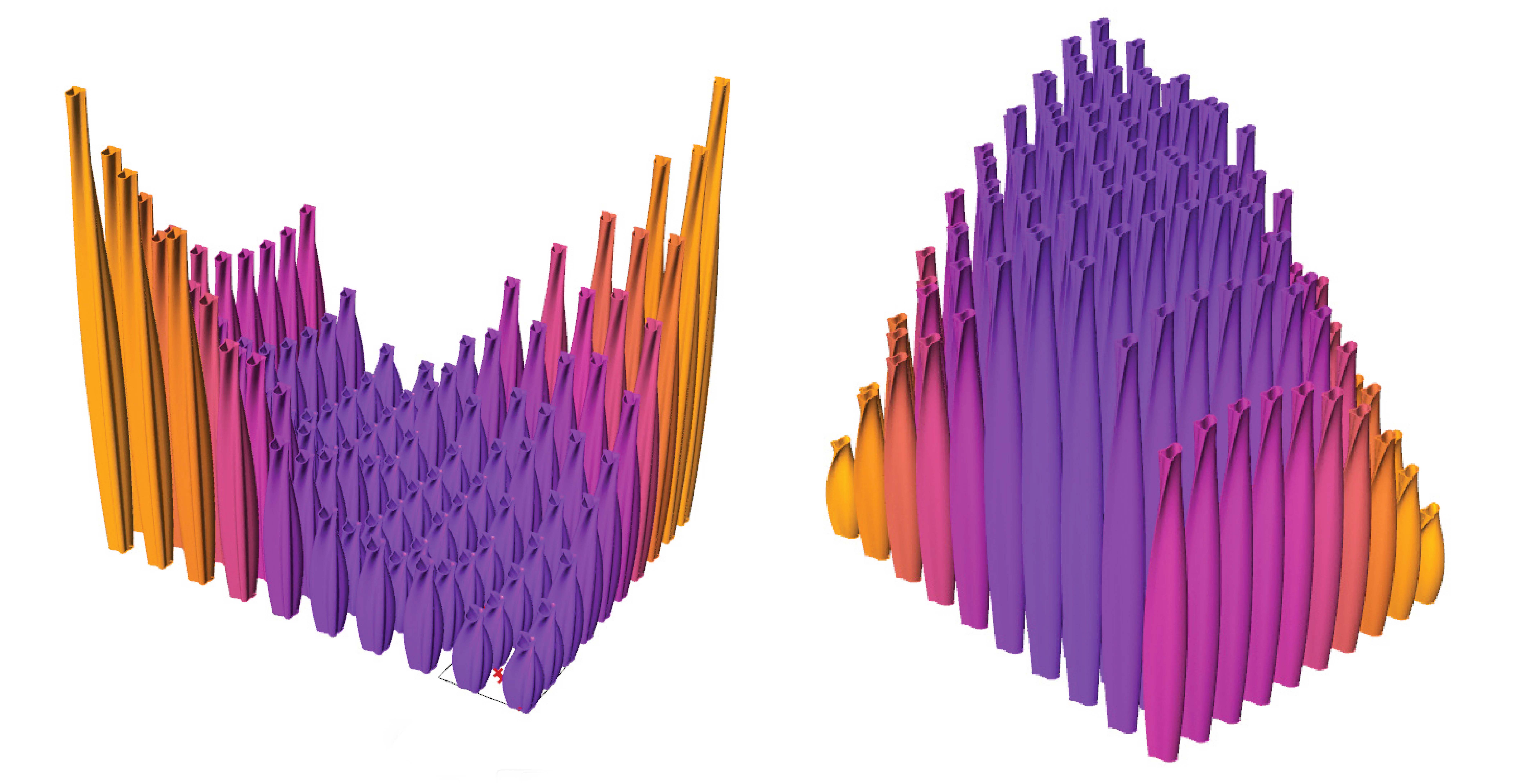Tutors: Richard Difford (module leader), Alessandro Ayuso, Miriam Dall’Igna, Jeg Dudley, Adam Holloway, Gabby Shawcross.
Undertaken in the first semester of the first year on the MArch, the Digital Representation module provides the opportunity to learn some key computer skills and to reflect critically on the use of digital media in architecture.
Acknowledging the broad range of computer skills that each individual brings to the course, this module offers a choice of six different groups each with a different focus and set of interests. Each group combines technical instruction with related theory and precedents. In this way everyone gets a chance to learn something new and to build on their existing knowledge and experience.
The six groups this year are as follows:
Group A
Digital Craft with tutor Adam Holloway
Utilising digital fabrication and generative modelling tools, this group uses simulation and prototyping as part of a recursive cycle of testing and refinement in the design process.
Group B
Performative Parametrics with Jeg Dudley
Using evolutionary algorithms and project-specific analysis tools, this group sets out to construct and optimise parametric designs based on performative criteria.
Group C
Computational Design with tutor Miriam Dall’Igna
Drawing on contemporary scripting and parametric modelling techniques, this group explores the potential for geometrically driven computational design.
Group D
Interactive Technologies with Richard Difford
Focussing on the use of programmable graphics and physical computing, this group considers the way devices such as sensors, motors and lights can be used to construct responsive architectural features and environments.
Group E
Film-Making with Gabby Shawcross
Concentrating on the creative opportunities presented by film-making, this group investigates the use of digital video editing and postproduction tools.
Group F
Body Agents with Alessandro Ayuso
This group explores the relationship between design and bodies using modelling, animation, rigging and motion capture to create body agents—architectural meta inhabitants.
